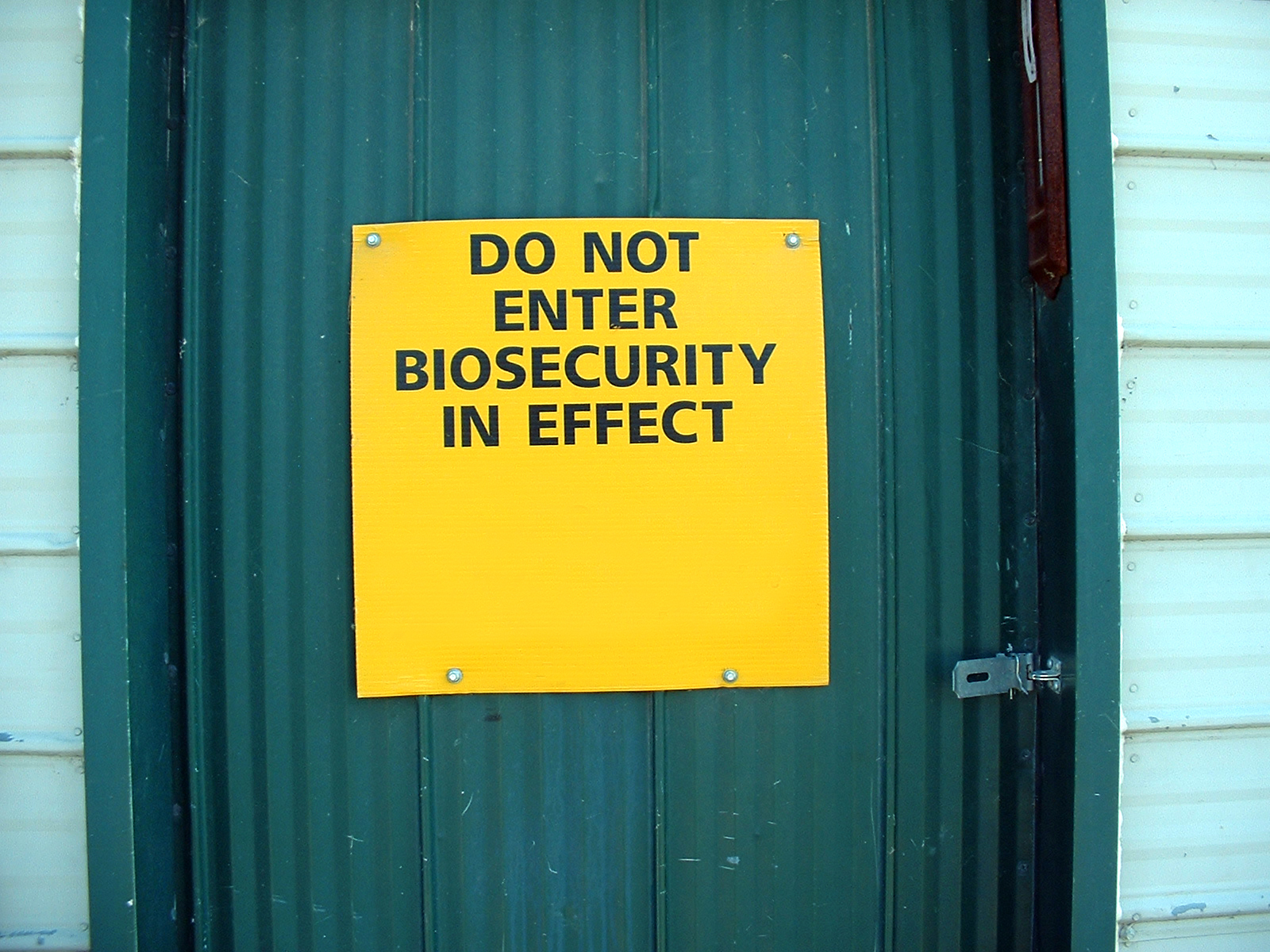
FRIDAY, Oct. 12 (HealthDay News) — Patients with kidney failure who are undergoing dialysis sometimes develop infections at the site where a catheter enters the body. These infections are most often treated with antibiotics, but recently “medical-grade” honey has emerged as a possible alternative therapy.
A new study published online this week in The Lancet Infectious Diseases, however, finds that applying the honey to catheter-wound sites is no more effective than taking antibiotics for preventing infection in patients who receive dialysis through a tube in the abdomen (called peritoneal dialysis).
In addition, a high number of patients in the honey group asked to withdraw from the study, which “suggests that patients may have found the daily application of honey to the wound site uncomfortable or inconvenient,” study lead author David Johnson said in journal news release.
Catheter-wound infections can be life threatening and usually are treated with antibiotics. The types of antibiotics suitable for use in such cases, however, work only against a narrow range of infections, and increasingly contribute to germs becoming antibiotic resistant.
Prior research has suggested that medical-grade honey — created by thorough sterilization of standard honey — would be effective against a wider range of microorganisms that cause infections and would not contribute to antibiotic resistance.
This new study included 371 peritoneal dialysis patients treated at 26 medical centers in Australia and New Zealand.
Johnson’s team found no significant difference between those who received a daily application of medical-grade honey at the site of catheter insertion and those who received the antibiotic mupirocin.
The average time to first infection in the honey group was 16 months, compared with about 18 months in the mupirocin group. For patients with diabetes, the average time to first infection was much shorter in those treated with honey (11.6 months) than in those who received the antibiotic, and the risk of infection also was nearly twice as high as those who got the antibiotic.
“While the fact that honey doesn’t contribute to antibacterial resistance makes it an attractive option for preventing infection at wound sites, our results suggest that honey cannot be routinely recommended for the prevention of infections related to peritoneal dialysis,” said Johnson, of the Australasian Kidney Trials Network (University of Queensland) and Princess Alexandra Hospital in Brisbane, Australia.
One expert in the United States agreed that medical-grade honey may not be a better treatment option.
“At this point in time, honey cannot be recommended over conventional therapy for prevention of peritoneal-dialysis-related infections,” said Dr. Mala Sacheva, a nephrologist in the division of kidney diseases and hypertension at North Shore University Hospital in Manhasset, N.Y.
“In fact, it may be inferior to conventional therapy in the diabetic population,” she said. “Further studies are [needed].”
More information
The National Kidney Foundation has more about dialysis.
Copyright © 2025 HealthDay. All rights reserved.

